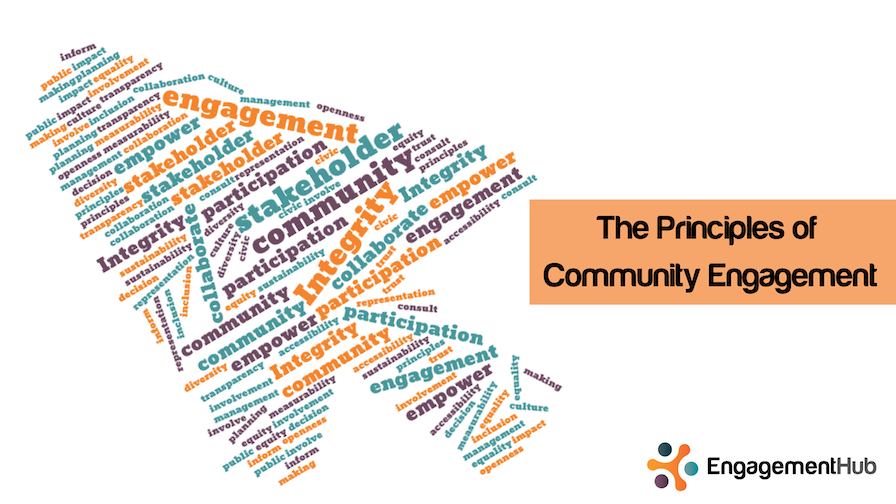What are the top stakeholder engagement trends at the moment?
Stakeholders are more than ever seeking transparency and authenticity from organisations which are wishing to connect with them: from government departments, their employers to even their school community.
To achieve robust outcomes, in which stakeholders and/or citizens genuinely feel engaged and listened to, many organisations will be revisiting their community engagement strategies in 2016. based on the latest stakeholder engagement trends.
Key objectives may include a better balance of offline/online engagement, going back to basics (face-to-face engagement) and tactics to mitigate and manage negative sentiment.
- Increasing authentic collaboration: in many instances stakeholder engagement is applied as a one-way channel to disseminate information as opposed to authentic engagement = collaboration. Stakeholders, whether they are citizens, employees, consumers etc. do not accept ‘the horse has already bolted engagement’ as having a voice and actively participating in change. Make it authentic!
- Collaborative engagement as an internal communications tool: more businesses will incorporate employee engagement holistically into their Internal Communication Strategies. As with any engagement activity, transparency and sharing of sentiment will be key to embedding leadership confidence within organisations.
- Open Data: Sharing your data significantly increases your engagement activities as it will meet the authenticity and transparency needs of stakeholders.
- Mobility is on the rise: Mobility is not just providing information online for stakeholders to access from home or their place of work 24/7. For government authorities and consumer-based businesses, setting up infrastructure (in addition to an online engagement platform) which enables all stakeholders to actively participate in the conversation whether on or offline is paramount. Examples include community road trips, forums, citizen panels, visiting community hubs (schools, aged care facilities, hospitals, libraries, community events etc). installing mobile kiosks etc.
- 360-degree engagement: You may commence stakeholder engagement with a hypothesis and expect the audience to assist in testing and defining it. Organisations should always provide people who have invested their time, expertise and thoughts with a report which outlines the engagement methodology, stakeholder feedback and how the information will be applied. If you are using a tool such as Engagement Hub, organise an offline forum during online engagement to enable your online community to meet face-to-face.
- Utilising social to build communities prior to formal engagement: Local councils will seek out segmenting their broader communities into placed based groups, and to a lesser extent demographic groups, to build online connected communities which establish meaningful relationships and service confidence, prior to launching formal engagement activities.
- Establishing Value Proposition: This comes back to authenticity…are you really listening, how will you reward ‘star’ contributors, what is in it for them to ‘volunteer’ their time to provide feedback. How do you engage time poor stakeholders?
- Intuitive engagement: This is about knowing your stakeholders lives offline and online and tapping into activities they are already collectively participating in.
Digital stakeholder engagement is fast becoming the central portal for all stakeholder activities. Find out how a platform can support your activities, save time and increase the reach and depth of your stakeholder and community engagement.
Find out more about stakeholder analysis and adopting the best approach.
Contact us for a detailed proposal, book a demo to organize an online screen share and discussion of your objectives, or to explore the features in detail on our Engagement Hub demonstration site.





